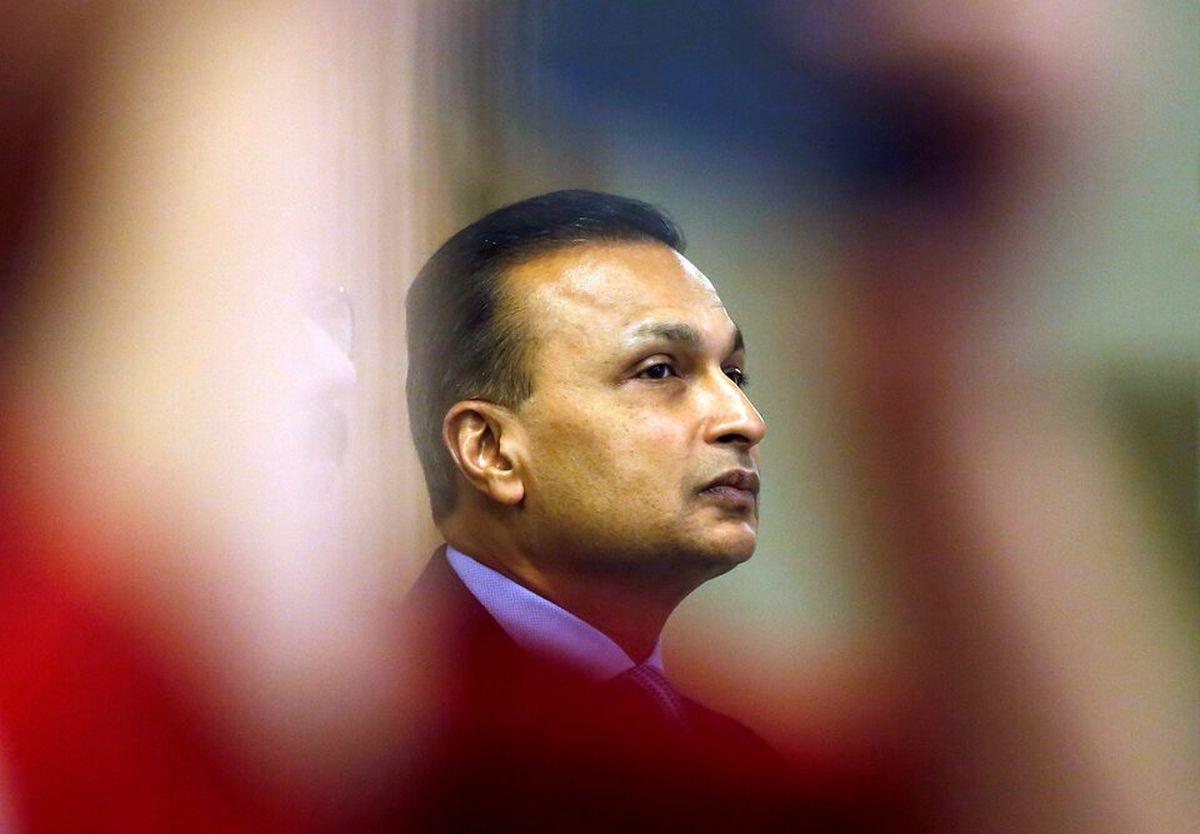‘The kind of reach it has with so many bank branches even in the remotest part of the country, it is one channel which will play a very important role in vision of insurance for all.’

Illustration: Uttam Ghosh
Following the earnings for the first quarter of the financial year 2025-2026 (Q1FY26), Amit Jhingran, MD & CEO, SBI Life Insurance, spoke to Subrata Panda/Business Standard in Mumbai about the company’s performance, growth strategy, challenges facing the insurance sector, and the appointment of the new IRDAI chairman.
How do you look at the Q1 performance?
The overall numbers were in line with the guidance that we had given at the start of FY26.
The quarter was somewhat subdued for the industry, but we are happy that our numbers were better than the industry on a strong base of last year.
Margins saw slight dip sequentially…
Our margins stand at 27.4 per cent in Q1, while it was at 26.8 per cent in Q1 last year.
It is mostly related to the product mix, where the contribution of unit-linked products (ULIP) has come down as per our strategy and our focus on the products in the non-participating, participating, and protection products has improved.
We continue to stick to our guidance of 26-28 per cent margins in FY26.
Are you consciously bringing down ULIPs in your product mix?
We are not discouraging sales of ULIPs. There is a large segment of the customers who are equity-oriented, and we do not want to deny them a good product and ULIP has always been one of the strengths of SBI life.
But at the same time, we want to tap the customer segment which is looking for guaranteed returns, and the protection segment as well.
That is why in the past 2-3 quarters, we have strengthened our product portfolio in these segments.
What is your ideal product mix?
Our goal is to have a product mix of 65:35 ULIP: non-ULIP. This definitely affects our margin and that is why we want to tap the opportunities on the traditional product side also which provide higher margins for the stakeholders.
Given the recent concerns expressed on bancassurance, are you looking to diversify your distribution mix?
Banks play a crucial role in improving insurance penetration. Banca is our dominant channel. From last year, we are implementing our strategy of Agency 2.0.
But that is not to replace the Banca channel. It is to tap opportunities which are available outside the banca channel.
Mis-selling is one thing which I am sure that every company is looking at with great care. We have taken very proactive steps to curb whatever mis-selling is there in any of the channels.
Our mis-selling ratio at 0.020 per cent is one of the lowest in the industry.
We have appointed an internal ombudsman in the company who will be looking after all the mis-selling complaints.
This was even before the regulator came up with the draft guidelines. As far as SBI Life is concerned, Banca is not an issue.
Has there been any direction to companies to reduce banca mix?
There has been no formal communication regarding that.
The kind of reach that the Banca channel has with so many bank branches even in the remotest part of the country, it is one channel which will play a very important role in regulator’s and government’s vision of insurance for all.
That kind of infrastructure, that kind of penetration, insurers will not be able to achieve on its own.
So I am sure that this channel will play a dominant role in the government’s vision as well.
Would you look to get into health insurance?
As of now, I do not see any reason for us to enter that segment.
Ajay Seth has been appointed as Irdai chairman. What would be your message to him?
There are several works in progress in the insurance sector like risk-based capital, risk-based supervision, IFRS, BIMA Sugam, etc.
So, I am sure that these initiatives will be taken forward to their logical conclusion during his tenure.
Which segments are you focusing on, given the current macro environment?
There is volatility in the equity market but there is a positive bias and with India’s growth story intact, I am sure that there are opportunities in the equity market as well.
Meanwhile, the RBI in the past 6 months, has brought down interest rates by 100 basis points in three rounds.
We continue to watch the interest rate movement and the yield curve movement very closely and we have the policy of adjusting our pricing as per the yield-curve movement.
What is the strategy for the protection segment?
In Q1, we have shown good growth in the protection segment. Our total sum assured improved by 73 per cent.
In the individual segment, we introduced some products in the past two quarters of FY25, which were in the High Net-Worth Individuals (HNIs) segment for sums insured above Rs 2 crore, and it is getting very good numbers.
We also introduced a unique pre-approved sum-insured product for the YONO customers.
There the response has been very good. Our focus on the protection segment will continue.
We will be introducing one more protection product in the coming months, which will be addressing the gap in the mid segment from Rs 50 lakh to Rs 2 crore, and we are sure that it will be providing a good competitive option to the customer looking for sum insured in that range.
The total protection is now around 12 per cent on an Annual Premium Equivalent (APE) basis, and we want to increase it further.
In FY25, the industry saw a bit of a muted growth, and even Q1 was also muted…
The slowdown which we are seeing currently is just cyclical. It should be a temporary blip only.
How much does YONO contribute to overall sales?
Right now, the total contribution is very small. Going forward, as YONO 2.0 also rolls in, we will divert more and more products to the YONO channel.
Feature Presentation: Aslam Hunani/Rediff




